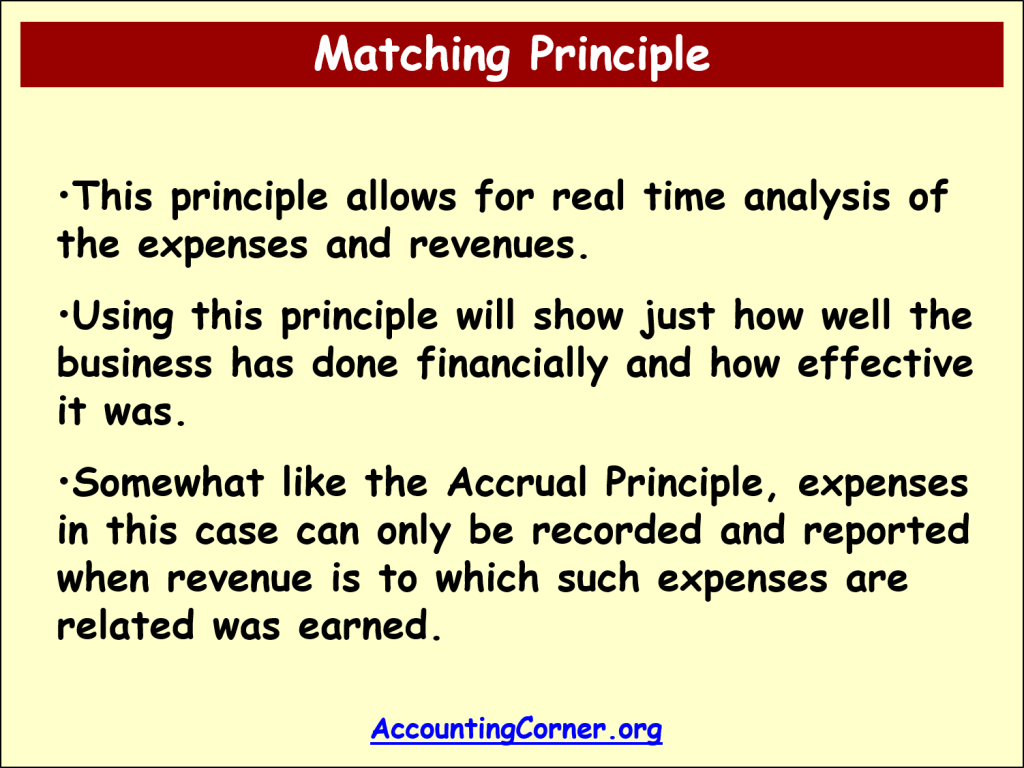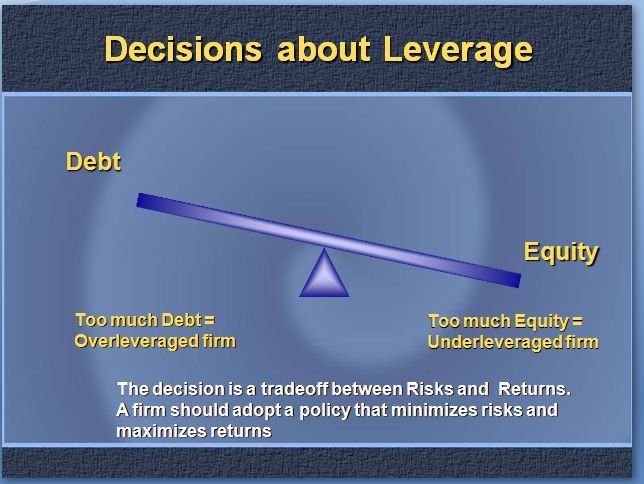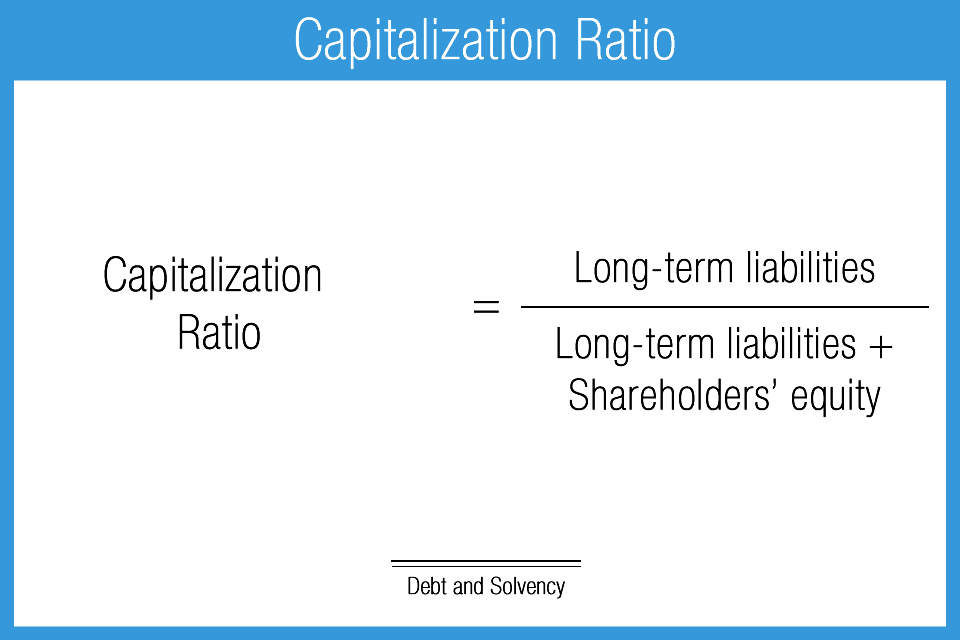



Loan principal applies to all kinds of debt, be it a mortgage, car loan, business loan, or credit card balance. It is used to illustrate the 'main' or 'principal' amount, and in this context, is thus the amount of money you borrow from a lender when you take out a loan. In financial and business terms, 'principal' can have several meanings and signify the original sum of money borrowed in a loan or invested in a particular financial product. Can you pay back the Loan Principle faster?.How do you identify your Loan Principal?.How is Loan Principal different from Interest?.In addition, we will explain the ways to repay loan principal a lot faster and calculate the amount to be paid back, enabling you to plan your expenses properly. This blog will help you understand how Loan Principle is calculated and what is essential to help make the right business decisions. This makes it crucial for anyone to understand exactly what Loan Principal is and how it plays a role in your overall repayment. Therefore, through the entire timeline of your loan, you'll be making payments to reduce the Loan Principal to $0. These figures add to your overall repayment and are added to the Loan Principal. Whenever you borrow money from a lender, the amount you have to pay back is calculated as - the amount borrowed, interest charges, and additional fees incurred. Hence, a bond may sell below or above its par value, but its par value will remain unchanged.If you are considering taking a loan or have already accepted a small business loan, you will notice that the amount to be repaid includes many additional factors. Bond market prices fluctuate depending on various market-related conditions. It should be also noted that the market price of a bond and its principal are not always the same. The principal amount of the bond is $1,000 regardless of the coupon payment,s which amount to $800. An example would be an 8-year bond issued with a $1,000 par value with $50 semi-annual coupon payments. It should be noted that the principal of a bond does not include the coupon payments, the frequent interest payments, or any outstanding interest payments. The principal is the amount that an issuer is borrowing and is set to repay when the bond matures. The principal amount in debt instruments is also known as the face value or the par value of the bond. The bond issuer borrows capital from the bondholder and makes fixed payments to them at a fixed (or variable) interest rate for a specified period. Loan repayments are normally structured in a way that monthly repayments cater to the interest payments (finance costs) and the difference is used as a reduction of the principal amount.īonds are fixed-income securities that are issued by governments and corporations to raise capital. The reduction of the principal amount allows for a reduction in interest payments. The amount is calculated by multiplying the principal balance by the interest rate and adjusting for the relevant period (annual, monthly, or quarterly). The interest in the first year is $4,712.50. For example, Lucinda’s loan was taken out with a 7.25% interest on the principal per annum. The principal amount is used in the determination of the monthly, annual, or quarterly interest payments. The balance due on the loan is known as the principal balance. She’s already paid off $35,000 of the original amount. For example, Lucinda takes out a personal loan of $65,000 from her bank. It also refers to the outstanding amount on a loan. The principal amount in loans refers to the initial amount borrowed by an individual. The difference between the $11,402 and the $7,000 investment is the interest that Chris earned ($4,402) during the period. The original or initial deposit of $7,000 made by Chris is the principal amount. Chris decides to leave his investment untouched for ten years.Īt the end of the ten years, there is $11,402 in his account. The interest received on the account is 5% per annum. The amount does not include any interest earnings or revenue generated through the investment.įor example, Chris recently decided to make a $7,000 deposit into an interest-bearing account. When looking at investments, the principal amount (or simply principal) refers to the original payment made by an individual for investment purposes. The principal amount in loans refers to the initial amount borrowed by an individual.When looking at investments, the principal amount (or simply principal) refers to the original payment made by an individual for investment purposes.The word “principal” comes with various definitions in terms of investments, debt, contracts, and bonds.


 0 kommentar(er)
0 kommentar(er)
